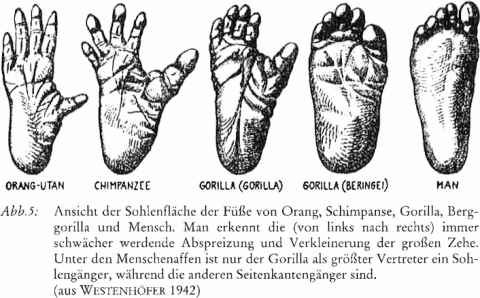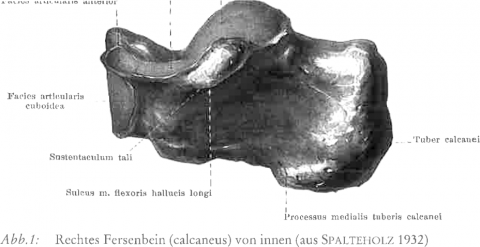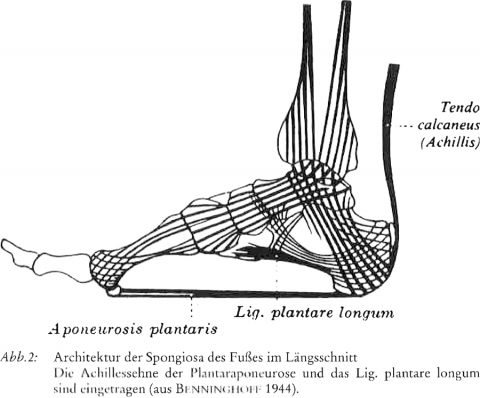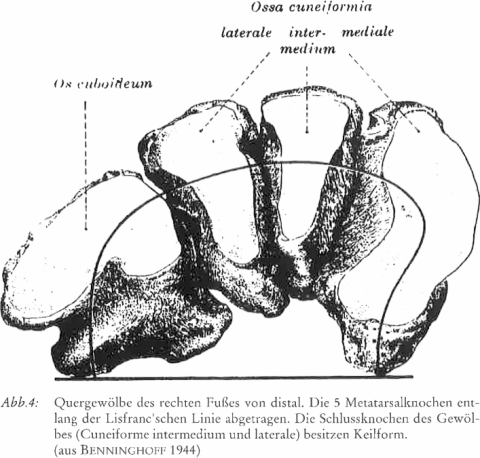Der Fuß, die menschlichste Gliedmaße
Export Article Citation as
- Download price : €6
Abstract:
The foot - the most human limb
Physical support and movement are basic functions of the foot in standing and walking, demonstrating the action of gravity and metamorphosed sunlight as the energy source for all active body movements. Calcium is a substance with a special relation to gravity and bone. ln relation to phosphorus/calcium phospate bone has also integrated the influence of light. Lowering and setting down the foot follows gravitational forces, in contrast to pushing off and raising the foot.
The foot ist divided into a cubic rear and a tubular front part, elastically connected by ligaments. Both regions meet approximately in the middle part of the foot. This simple polarity of foot architecture is optimized by another, transversal segmentation. Of the five toe branches the two external ones originate in the lower-situated heel-bone and build up the supporting external rim of the foot. The three internal ones originate in the higher-situated ankle-bone and form the greater part of the elastic arch of the foot. Three wedge-like bones hold the arch static. The transverse tarsus joint separates the foot from the ankle-bone and the heel-bone and adds ligament elasticity to bone elasticity. The first foot branch gives elasticity through its ligaments, the second leads to a stable support of the arch during walking by the stiffening of its ligaments.
An elastic tendon plate which can be stiffened by muscles; a supporting bone carrying the arch; a moving tendon preventing a flat-foot and a body centre of gravity rhythmically describing circles of 4 cm diameter during walking - all these phenomena point to the ego which strives for a rhythmical centre between stasis and movement, earth and heaven, giving the human being its typical swinging, erect way of walking.
References
- BENNINGHOFF, A. (1944): Lehrbuch der Anatomie des Menschen, Bd. I (Allgemeine Anatomie im Bewegungsapparat). München, Berlin
- RAUBER-KOPSCH (1987): Anatomie des Menschen, Bd. 1. Stuttgart, Leipzig
- SPALTEHOLZ, W. (1932): Hand-Atlas der Anatomie des Menschen, Bd. 1. Leipzig
- WESTENHÖFER, M. (1942): Der Eigenweg des Menschen. Berlin





